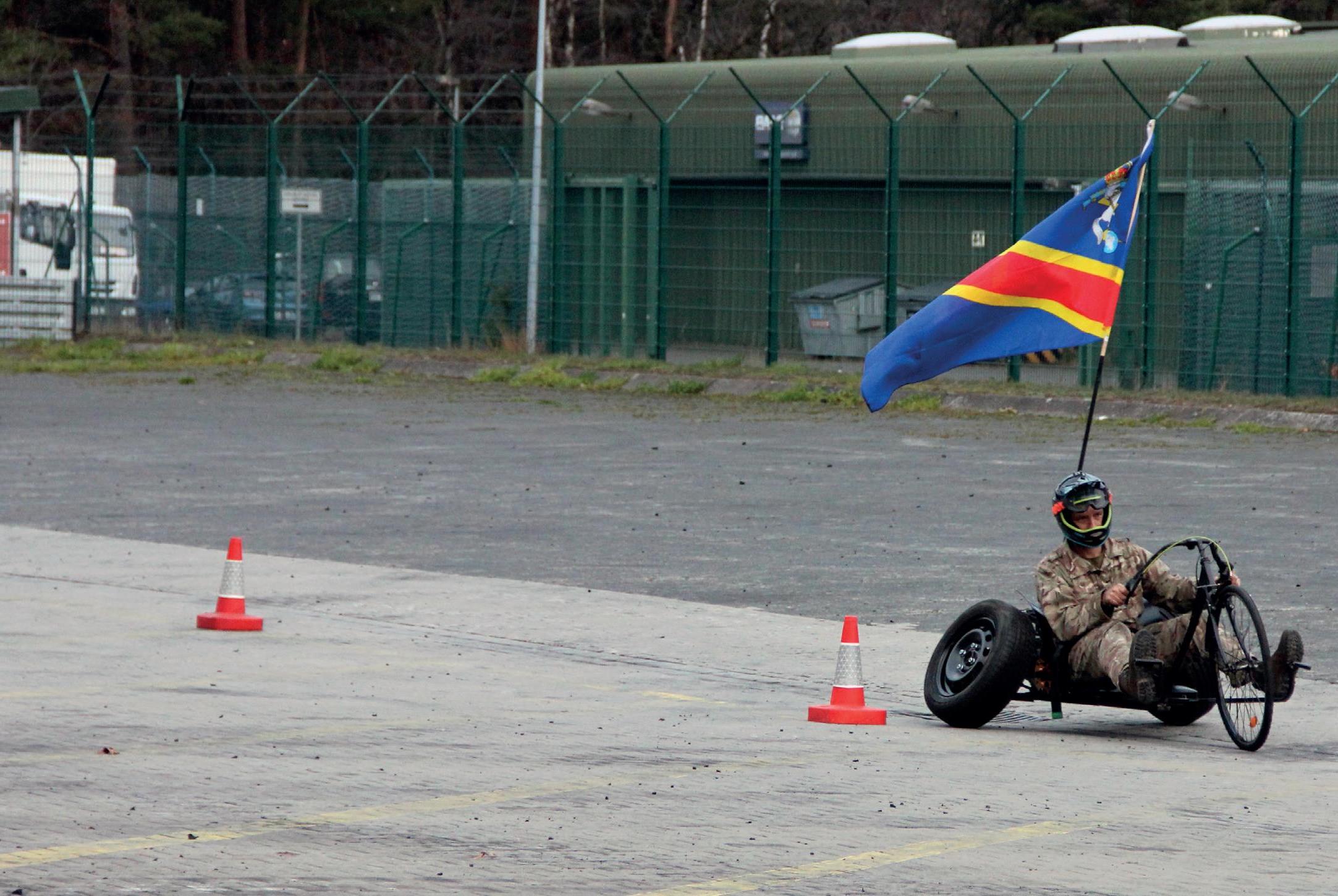
3 minute read
Screwjack Letters
The Screwjack Letters – No. 12
Orders
Advertisement
In my old School CCF, all orders were given verbally. At Welbeck I heard there was something called Part One Orders. Nobody said how many other parts there were and I had no idea where else they might appear. These were pinned on the wall and it seemed you had to obey them. This filled me with a serious unease. Who really wrote them? Why could that person, presumably a Master or Officer, not come out and speak to us? The German Gestapo did the same thing with orders to be obeyed on pain of death in occupied countries during the war. Giving orders in that way seemed to me to be distinctly un-British, sinister and highly suspect. They were usually signed by someone illegibly on behalf of somebody else. Who was really responsible? How easy it would be for anyone to type out some scam orders and pin them up. Today, of course, such things are done on the internet.
At RMA Sandhurst we were each given an Aide Memoire on the required sequence of subjects to cover when giving orders for an attack, a defence or a withdrawal. I still have mine. Every order had to begin: “Number X platoon WILL …” This wording is strange, because it is a prediction and not an order. For example, if you go to a fairground fortune-teller, she might say “You will get drunk and fall under a bus tomorrow.” Is that an order to go and get drunk and then fall under a bus? No, it is a prediction of what will happen. Consider the sentence ‘The moon will rise at 9 pm.’ Is that an order to be sent for the moon to obey? Maybe the Sandhurst Aide Memoire wording has changed by now. It does, however, seem likely that units of the British Army have been going into battle for many years without orders, only predictions. A sobering thought.
In addition to the Aide Memoire, we were also given a fat little book, called Staff Duties in the Field. Wound under a wire coil on the outside covers was a string like a shoe lace. This was to allow easy opening to insert amendments. This book made brain-numbing dull reading as did the deluge of amendments which followed. All I can remember of it was the list of authorised abbreviations.
Nobody checked my book, and eventually the deluge of amendments subsided. I soon lost the book. I don’t think I ever needed it, but I notice on reading some articles in The Craftsman
craftsmaneditor@reme-rhq.org.uk
Magazine now that there are many new abbreviations - so many, in fact, that I am unable to understand them fully. There is one abbreviation that gave me problems. It is CWP. Either it means Complete With Packaging, or Central Warning Panel, or Crown Wheel and Pinion, or Cases, Wood, Packing, I think. I suppose the context gives a clue, but you could have a CWP and a CWP CWP in a CWP, if you wanted to be silly about abbreviations.
I was told I would be on ‘Platoon Commander’s Orders’ during my basic training at RMA. I had the doubtful honour of being the first and only man of No 9 Platoon on a charge. I was being charged under ‘Section 69 of the Army Act of 1955 for Conduct to the Prejudice of Good Order and Military Discipline’, I was told. So, there was a problem with my conduct. Conduct is behaviour (OED). The Army had found some problem with my behaviour. I was just 19 in that surreal, strange new world. I racked my brains to think of what I had done. I lost sleep that night worrying about it. Next morning, Sgt Laverick marched me in front of Captain Pauncefoot-Duncombe, Grenadier Guards to answer the charge.
He asked if I understood the charge. I said I did not, and asked him to tell me what was wrong with my behaviour. It emerged that there was no complaint about my behaviour, but during his inspection of my barrack room he had found dust on an electric wall socket. So did that, in Army Speak, amount to misconduct? I held my tongue. P-D just told me off. He called it “Admonished”.
I gave up worrying and decided that the whole of basic Army training was best regarded as a big survival game. You just need to stay with the game, until the whistle blows at the end, and not take it all too seriously.
SEND US YOUR ST ELIGIUS DAY PHOTOS










